Week 12: Animal Farm
Cats eat birds and birds eat fish and fish eat worms and would you still love me…if I was a worm?
Order Up
Last week, in the English speaking session I help lead for international students, we talked about English idioms and pop culture such as the famous line “There are plenty more fish in the sea.” I realised afterward, that Pop culture has a weird fascination with birds and fish and cats. And worms.
Some common other phrases that showed up in the tutor session:
“Bigger fish to fry”
“Fight like a cat and dog”
“Kill two birds with one stone” which a housemate of mine fondly rebrands to “Feed two birds with one scone.”
So this week’s sandwich is a scone. And here’s the tea from this week filled with pop culture and an unusual amount of British content outside of Love Island UK.
The Bread
Top Slice: A very social week filled with conversations about animals and biodiversity and wormholes and so much STEM-y subjects my fish-sized brain could not handle it. I met with a classmate this week for coffee and she introduced me to another friend who studies quantum mechanics—of which I needed a long drawn out explanation that involved Schrödinger’s cat and when my eyes were clearly glazed over, our conversation pivoted to a mutual love for Kafka and the absurd. I went with a friend to the Lübeck Christmas market which was so lovely, it was absurd, but in an aesthetic sense, not Kafka-esque, and felt an Orwellian-like despair at enthusiastically starting Kant’s Kritik der Urteilskraft, especially the chapter on aesthetics, but decided my fish-like attention span is better suited toward crafting holiday cards that attempt to be cuter than Animal Crossing characters.
Bottom slice: This week is another prep week so I avoid getting overwhelmed for the following week of massive assignments, social commitments, and hosting friends. My climbing friend from the UK is hosting a dinner with ‘British’ food and so I am expecting fish and chips which he insists are completely different than pommes and french fries. He got totally roasted last time we went for lunch with the climbing group as someone asked after he ordered potatoes, “Did you bring your ruler again to prove the potatoes aren’t the right dimensions to be chips?” Stay tuned next week if the chips are real chips.
The Filling
The most exciting part of my week was the annual release of music listening analytics on platforms like Apple Music and Spotify. And getting to finally blast holiday music . I was consistent across both platforms with the big Britain Beatles my number one band for five years in a row. I wish I could get through a week of writing without mentioning the Beatles but it simply will not happen. I went to a really awesome record store with a friend who is starting his math PhD and really into niche music and apparently, math rock is an actual genre? The only math I’ve done since high school was One Fish, Two Fish, Red Fish, Blue Fish and it’s gotten me this far so. But most of all, I like going to music stores with people to get new recommendations.
There was an astonishing and slightly disturbing amount of fish-inspired albums including a compilation by John Lennon with the Plastic Ono Band called “Shaved Fish” which has the track “Happy Xmas (War Is Over)” (banger) and the new Weyes Blood album (banger) that sounds like you’re floating in an aquarium. And last but not least, our favourite pre-Grimes artist Björk who is famous for dressing up like a swan and whose album „Fossora“ is so odd I can’t even absorb it. But the cover art is pretty cool and the jelly-like sea creatures that remind me of Ernst Haeckel’s artwork.
Regarding PhD land, I have had some especially meaningful conversations with friends this week about where they are headed next after graduate school, teaching, or still in the throe of job searching. Many of them are in biology and the natural sciences and while the traditional track looks like research in a lab, the interdisciplinary nature of our brains are trying to find communities or institutions that integrate a traditional role with something more. The others who are in humanities still have a desire to integrate science, particularly environmental science, into their fields. Some are in Central America working with birds. A friend from Seattle this summer spent her time on the coast of Washington working with worms.
Another Bowdoin friend just took a position in Ecuador that will follow his position as an outdoor educator in Nepal that has included birding, land histories, and community building as part of the curriculum. I am really really proud of his work and want to share this page as he is fundraising to strengthen the program at school and sustain it beyond his time there. Please consider giving.
Grad school is something that has been floating around in my mind for some time and the decision between a European institution and one in the US is difficult. There is a clear imbalance in the workload and stress factors for master’s programs in the US compared to Europe, especially financially (e.g. the UC-UAW unionization) but some of the best programs are also in the US plus all my family and friends are there. I am still surprised that ‘interdisciplinary’ learning is a hot topic and an outlier in many European institutions whereas interdisciplinary approaches are the backbone of liberal arts institutions and many in the US. I find this curious as the history of humanists in Germany is so closely tied to science. Ernst Haeckel, who I mentioned above, is one of the most noteworthy art illustrators and zoologists of the 19th-century. It is easy to find his work plastered on the dorm rooms of liberal art colleges and environmental studies majors. Yet, he advocated for eugenics and while many argue that “cancel culture” should not be applied to artists or art, if we shift away from material culture to the actualised, devastating consequences and legacies of evolutionary science today, no wonder an interdisciplinary lens is needed to even start poking at the knotty problem with an aspiration to unravel it. It is uncertain whether academia can accomplish that.
I reached out to my old supervisor at the Museum of Fine Arts Boston to get a feel for some programs and scholars who are leaders in the art ecocriticism and he generously got me in touch with some programs in the UK. There is also an exceptional program in Munich through the Rachel Carson Center that is fully integrated with humanities, urban studies, and environmental science I have been heavily considering. Whether I want to stay in the US and do something entirely outside of academia and work in the outdoor industry is also a consideration. Trying to return to editorial with either REI or seeking out a bigger art publisher such as Taschen or Hatje Kantz is another option. Pursuing a more intense path with creative writing or poetry is also an option I never really took seriously, but have had several people in the industry encourage me to consider. What to do even in the intermittent period between when I am home (become a barista, take a NOLS course, hole up in Wisconsin and fish at the lake) and whatever needs to happen next is also on my mind. And it is so place-dependent on where I see myself living, the type of lifestyle that environment facilitates, and of course, the economic feasibility.
This rant is all just to say, it is ironic to constantly be looking for the right place in the future while trying to be present in the place I am at right now.
And this is all to say too, what a privilege to be able to explore these channels and have more options than less even if it is overwhelming. My friend Benjamin, who is truly such a fabulous listener put it best: “Your mind is like a murky fish bowl.” I retorted “You know me and I would scrub that thing the moment there is a speck on it.” Maybe I will become a TikTok legend and start a trend like “Would you still love me, if I was a worm?” a rhetorical question is so absurd (in a Kafka-esque sense) that it would be on University of Chicago’s grad school application. An actual, real example no jokes is below.
The mantis shrimp can perceive both polarized light and multispectral images; they have the most complex eyes in the animal kingdom. Human eyes have color receptors for three colors (red, green, and blue); the mantis shrimp has receptors for sixteen types of color, enabling them to see a spectrum far beyond the capacity of the human brain. Seriously, how cool is the mantis shrimp: mantisshrimp.uchicago.edu What might they be able to see that we cannot? What are we missing?
I’m a fanatic for craft goods and on the weekend, hosted a holiday card crafting night at our dormitory. On Saturday, we stumbled upon an artisan market inside of a church. There were hundreds of stalls within the building that were the size of the beach huts in Britain with goods ranging from wool knits to woven baskets, wooden carvings to glass-blown whales. One of the biggest downsides to moving all the time and temporary housing is not being able to invest and support artists’ ceramic creations or woodwork because it is just too heavy and fragile to transport. My wallet is thanking me but my nesting self that likes homey decoration and simple, minimal, but high-quality things, is not.
I know it could be seen as superfluous or materialistic to accumulate expensive household items but it can also be understood as supporting skilled work. It is not the same of course, as welding or plumbing or technicians but is still in the same tradition of skills that must be learned through application concurrently with theory in contrast to most academia-focused programs. And there is a shortage of skilled workers in both the US and in Germany, the latter of which is taking federal action and measures to tailor and streamline visa applications to encourage skilled workers.
I am thinking as well of pursuing an English Teaching Assistantship in Austria for next year and there is a high chance I could be placed in a technical school for forestry or farming. Many of my friends have taken up WWOOFing in their time off from the pandemic or will do so during times of transition. It has almost become a trend too, for students from elite institutions to romanticise farming or a pastoral lifestyle (fashion trend branded as ‘blue-collar fashion’ with a prime example being Carhartt) that can ignore many workers’ reality that “opting out” is not an option. I experienced this even working as a seasonal in a warehouse at REI— the tension that arises when you know you get to leave, either spin it as ‘personal growth’ for some fellowship essay, and the effort or lack of getting to know co-workers. So I am not one to lecture or moralise because I have not figured it out and likewise, it is unproductive to condemn 20-something year olds’ actions in just trying to figure life out. How do we shift our perception of skilled workers away from an “after thought” or only “essential” when they are of service to us, consumers, who desire faster shipping or unhindered supply chains?
I ended up talking to one of the vendors who sold beautiful hair clips and he said he had been in the business for more than 45 years. I ended up folding and buying one and it is sitting in one of the many wooden bowls in my room that my grandfather and I made and I took to Europe in place of actual functional winter clothes which I still don’t regret. Yet. The running joke in our house last year was that if any of us became parents, our children would have no technology. Only wooden blocks and paper.
“If you give a person a fish, you feed them for a day. If you give your kids the skills to build a wooden cabin and live off the grid in this climate-crisis housing-crisis stricken world, they will probably end up on Lifetime Network on a show about the residual effects of crazy Luddite-like parents.
The Sauce
My commute on the train allows random things to rise to the surface. One was the image of Darla in the movie Finding Nemo vigorously shaking a pet goldfish in a plastic bag. I love children, but time my commutes specifically to avoid the swarming schoal of chaotic energy. But also, they are really cute and yesterday I was sitting across from two whose energy mirrored mine exactly:
They couldn’t figure out which direction to exit the train so they had to use their hands which I still do to this day.
They looked outside, asked their mom what time it was (3:45pm) and deflated saying despondently, “Why is it so dark.”
Five-year olds are keeping it real.
Speaking of real, a huge package got delivered to our dorm floor this week. It was a baby stroller. We didn’t want to jump to conclusions BUT it was addressed to one of our flatmates whose girlfriend pretty much lives on our floor and if it is real, then my sleep schedule is going to be even more messed up than it already is since they live right next to me.
We had a German test this Friday and that was the reason for my messed up sleep schedule. I have been generally inefficient with my time this semester which is all right with me, but cram studying is never a good idea. We were dealing with modal verbs and Partizip which is a verb form that also functions as an adjective. The amount of times I have seen the example, der fliegende Fisch or ein fliegender Fisch in our exercises is too many. Trying to nail down and continuously practice adjective endings or declension has me declining faster than the half-life of an atom. But a crazy collision of worlds—one of my friends has a friend who is studying at the university here but is from Seattle, specifically Wallingford and I ran past his house unknowingly on my daily route. I’ll reach out to him and see if I can force him to visit the Fischmarket with me and investigate whether there are, in fact, fliegende Fische at Pike Place.
And in regards to famous types of fish and crustaceans, I stumbled upon two recent developments regarding one of Maine’s pride and joy: lobster. Maine lobster was recently pulled from Whole Foods markets as according to two major environmental agencies, the effects of fishing gear and traps are a major threat to whale populations. I haven’t had the time to dig into this, but definitely need to with my time in Maine and friends whose families are lobster farmers who were already facing economic difficulty because of climate change.
Ironically, lobster was the star of the show at Joe Biden’s latest dinner to mend US-French relations with Emmanuel Macron: caviar and butter-poached lobster for a first-course, Calotte of beef and watercress and sunchoke salad for the main.
One of my favourite fun facts when Europeans complain about trying to convert between metric and customary unit systems is that we refused to adopt the metric system because of beef with France.
“Jefferson rejected the metric system, however, because in origin he found it to be too French—which was saying something coming from the nation’s foremost Francophile. His beef was that the meter was conceived as a portion of a survey of France, which could only be measured in French territory.”
Mystery Meat
As I mentioned last week, the Elbphilharmonie was designed to evoke a ship and its billowing sails. The windows, however, truly make one feel like they are in a fishbowl. The 82 meter escalator to enter the halls is the longest in Europe and the first arched escalator. The design goal was to “give users the experience of travelling in an 'endless' escalator, since they cannot see the other end” but I got Jonah the whale vibes where I and my group members getting swallowed by a $782 million dollar fish.
Last week I didn’t finish my trailing thought. The quick and dirty of it though, was my discussion with Alex Katz’s grandson about the Guggenheim exhibition as I have been dipping my toe into art criticism and working on a pitch for Hyperallergic. I will not be writing about Katz’s work, but was bold enough to criticise it to a direct relative (yikes) but also know that he won’t take it personally. Most reviews have positioned Katz’s work as lying outside but developing concurrently with Pop, Ab-Ex, and Color Field Art. The most telling feature of his art is its monumental scale but also flattened portraits.
I have been on my Artle kick (an art alternative to Wordle) and revisited Edward Hopper’s and David Hockney’s work. The solitary landscapes, often the sea, and ambiguous arrangements of people where you have to deduce their relationship to each other remind me of Katz’s work.
The most famous of Hockney’s, Portrait of an Artist (Pool with Two Figures)(1972) is one of my all-time favourites. It is even featured in the TV series, BoJack Horseman which is pretty weird and dark, but for some reason I ended up loving it and really plays to the entire Pop Art / materialism of celebrity lifestyles. The illustrator, Lisa Hanawalt, studied art and so maybe my life meaning lies is telling stories of animals who walk and talk and are fine connoisseurs of art.
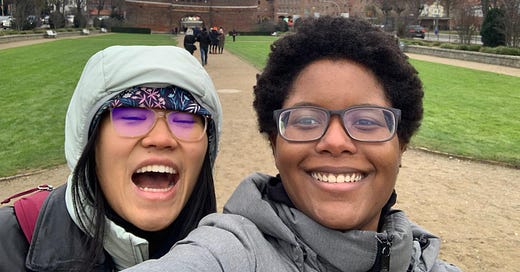




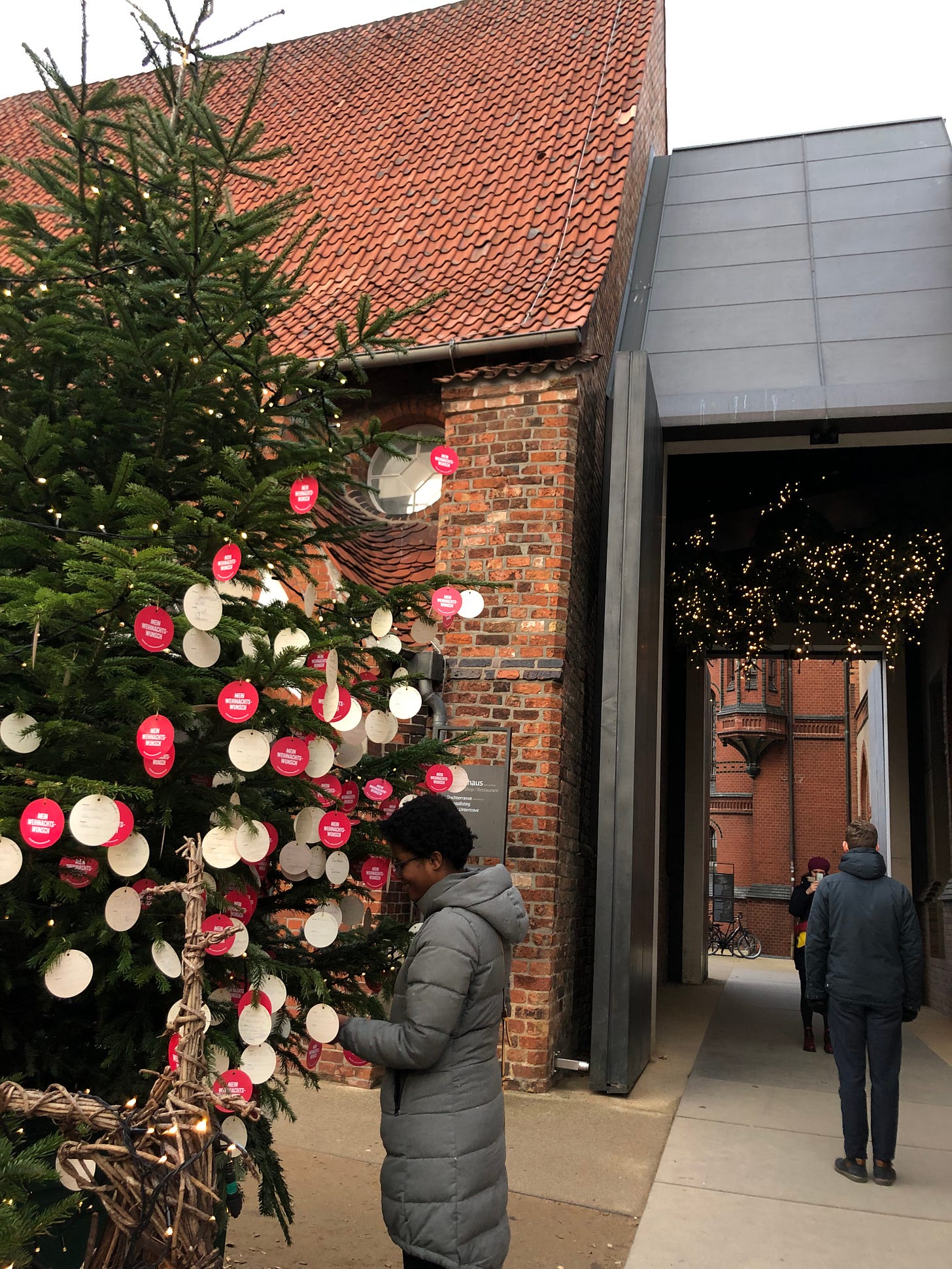

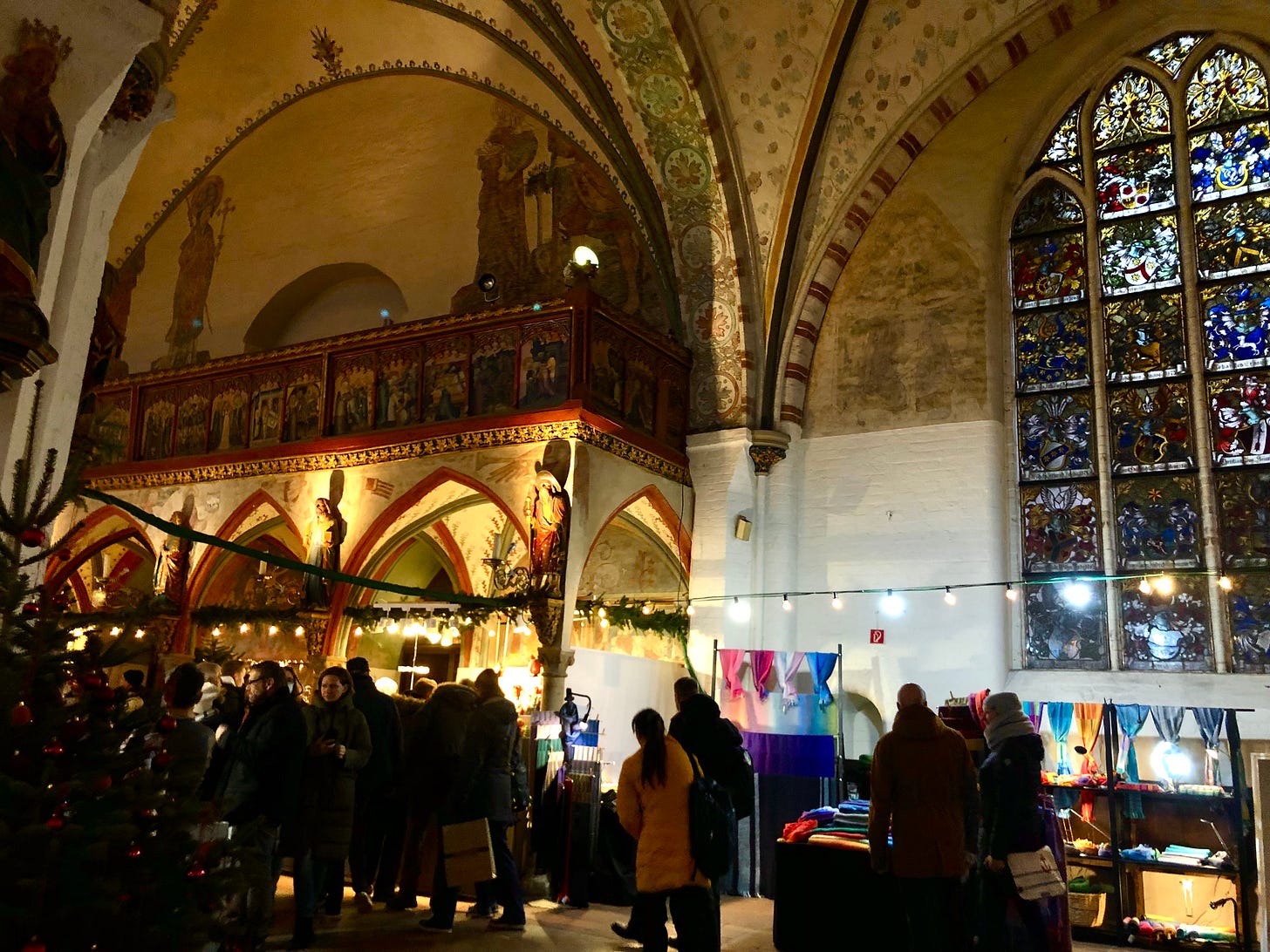
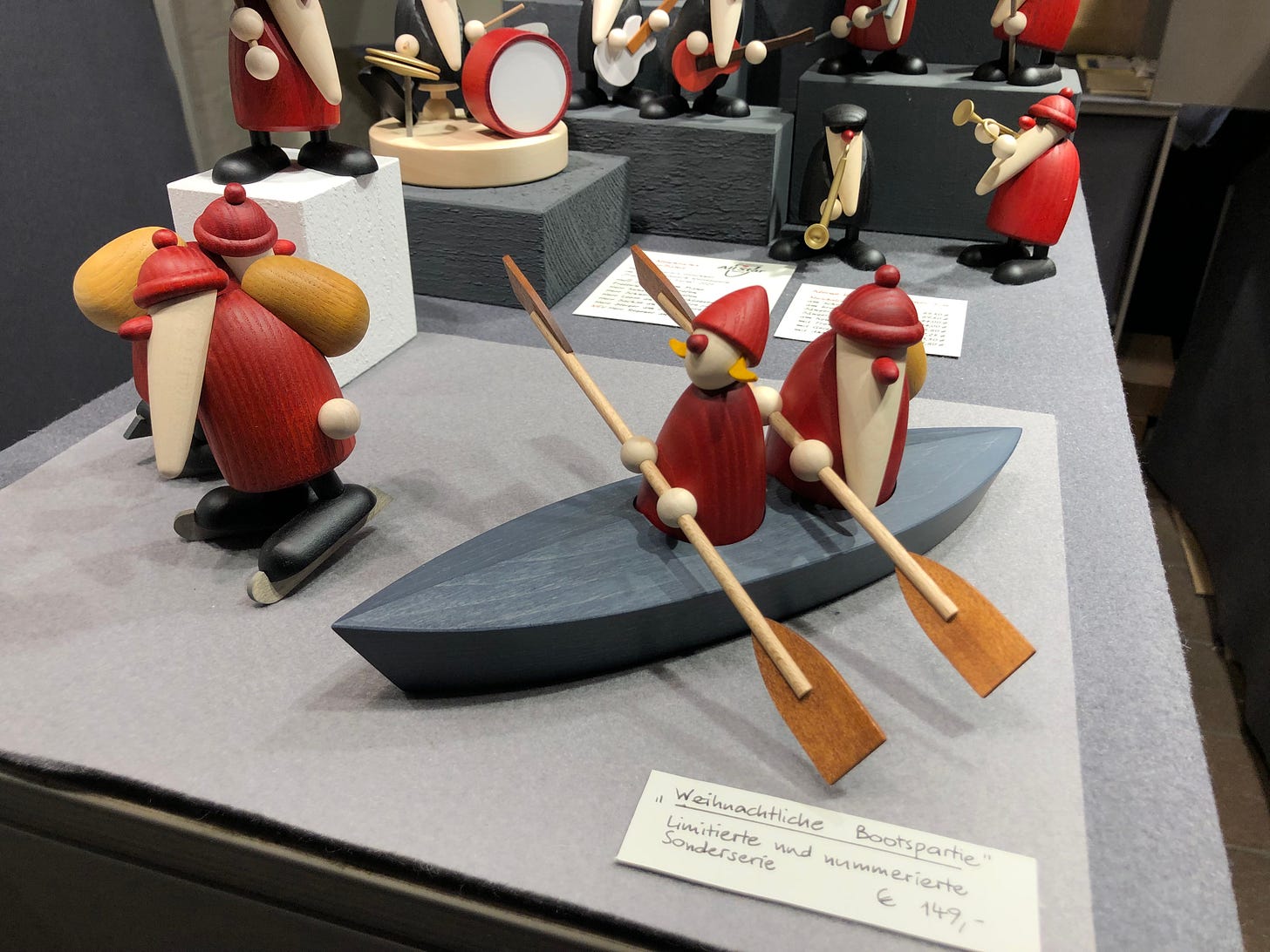
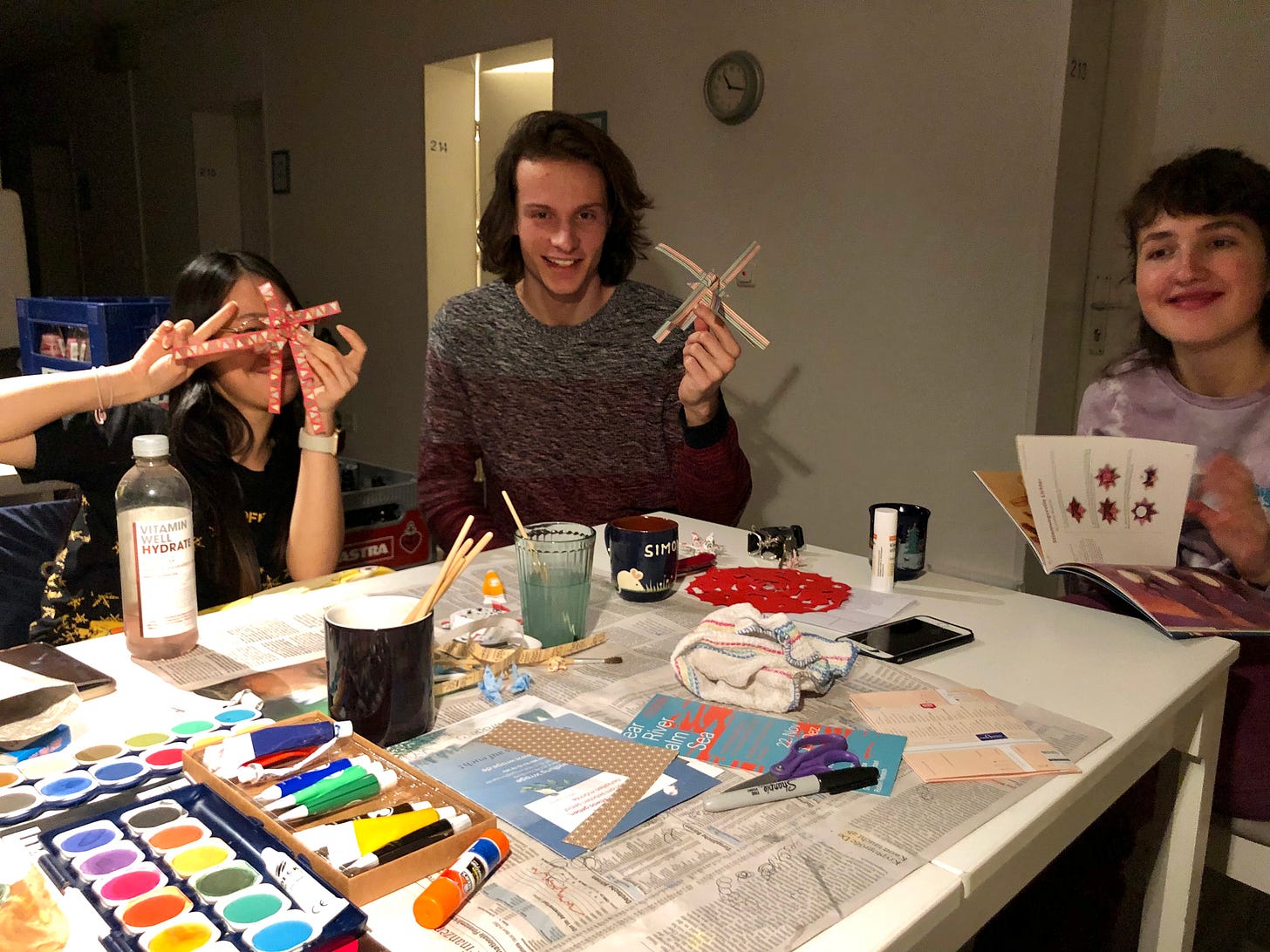

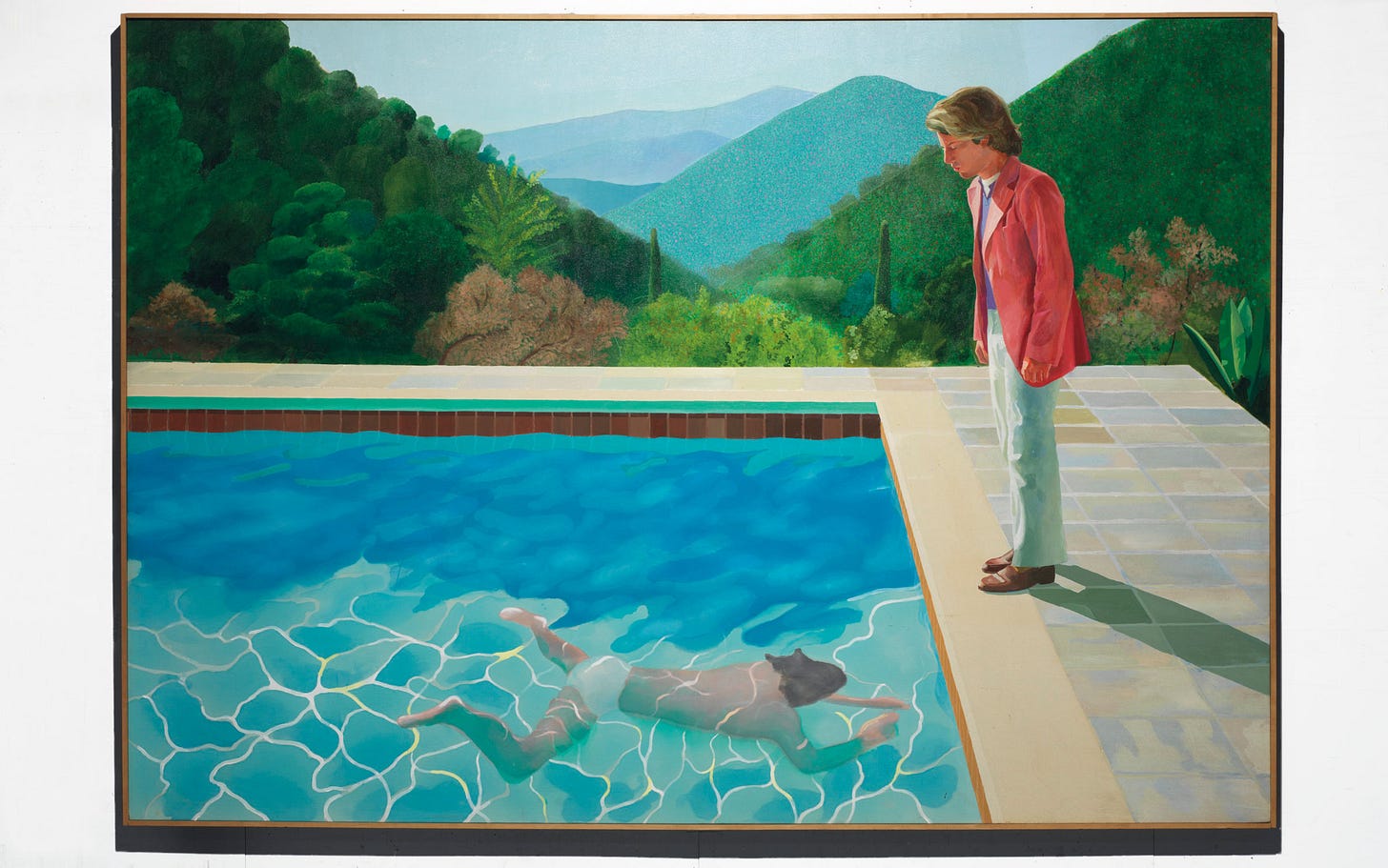
Loving your blogs Lily and miss you!! Have you thought about incorporating Die Forelle theme in your thoughts of fish, cats, etc!??
with love, Beth